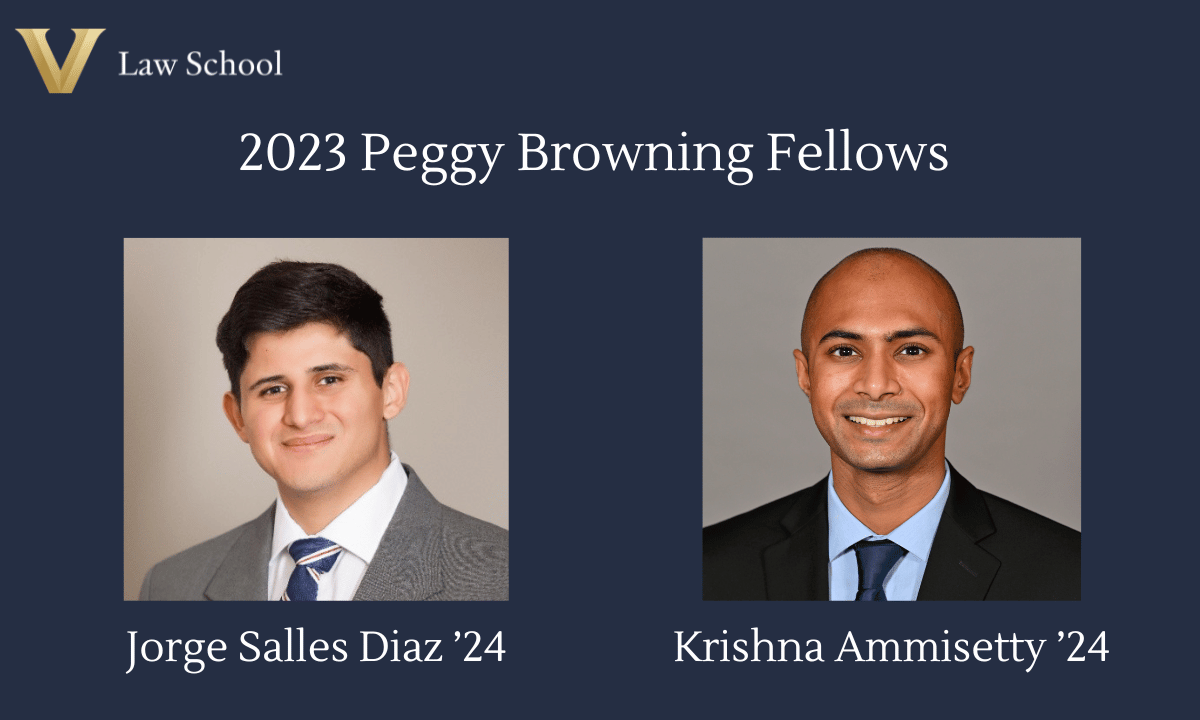The good news, according to Frank Zimring, is that the crime rate in the United States has declined precipitously starting in the early 1990s. Even better, the bad news only applies to baffled policy makers: The reasons for this dramatic decline are difficult to discern.
Professor Zimring, who delivered the 2007 Victor S. Johnson Distinguished Lecture at Vanderbilt Law School April 9, discussed this trend and its elusive causes in his lecture, “The Crime Decline of the 1990s: Lessons for Policy and Science.”
When Zimring, the William G. Simon professor of Law and Wolfen Distinguished Scholar at the Boalt Hall School of Law at the University of California-Berkeley, analyzed more than half a century of data on homicide rates, he discovered that, after remaining constant from 1950 and 1964 at a rate of around four homicides per hundred thousand population, the rate rose suddenly throughout entire U.S. starting in the mid-1960s. After more than doubling, the homicide rate remained high for the next two decades, peaking periodically at 10 homicides per hundred thousand population.
However, starting in 1991, a trend no one predicted, which Zimring terms “the great American crime decline,” occurred. The crime rate declined each year for an unprecedented nine years in a row. “There had never been at any recorded time in American crime statistics when we experienced nine consecutive years of declines in all types of crime, in all regions, in all kinds of demographic structures,” he said. Noting that the homicide statistics alone translate into thousands of lives not being lost, Zimring emphasized the importance of trying to isolate a satisfactory explanation for the trend.
The fact that crime rates of all types have remained stable since 2000 is also “good news, because we’ve achieved that stability near the low point of our recent historical experience,” Zimring said.
However, when Zimring examined probable causes of such a decline in crime rates – such as longer incarceration of greater numbers of convicted felons, the economic boom of 1990s, a smaller youth population, drug use and decline in births of unwanted children due to availability of abortion on demand – he found that all of these factors combined did not explain the magnitude of the decline. After observing that the Canadian crime rate trends since 1961 have come close to mirroring American trends, he ultimately concluded that the drop reflected a “cyclical phenomenon not attributable to any measurable instrumental causes.”
Based on “pretty strong evidence that we have cyclical variation that does not easily accommodate particular instrumental causes,” Zimring said, the primary lesson policymakers can take away from the unprecedented decline in crime rates during the 1990s is that significant reductions in crime rates can occur even in the absence of major social changes aimed at reducing crime. Although Zimring noted that this conclusion presents a problem – “if someone raises his hand politely and says, ‘What’s the recipe?’, we don’t have the recipe,” he admitted – he believes the fact that “we do know is that tweaking can have potentially huge benefits” is a cause for optimism.
“The essential lesson for policy, which is important and optimistic, is that we don’t have to change the world we live in much to make it a great deal safer in the streets,” he said. “If that’s all we’ve learned, we’ve learned an awful lot that’s important.”
Each year, the Victor S. Johnson Lecture features a distinguished speaker who addresses a certain aspect of the law and its relation to public policy. The lecture is endowed by Victor S. (Torry) Johnson III, a 1974 graduate of the Vanderbilt University Law School.


